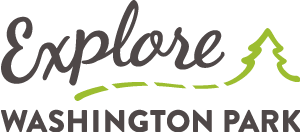World Forestry Center
Audio Transcript
We think of forests as ancient and unchanging, but in the inland West, the forests we see today look nothing like those of 150 years ago. The historical landscape was an evolving patchwork of meadows, shrublands, sparse woodlands, and open and closed-canopy forests of all ages and sizes, sculpted by frequent fires. For 10,000 years, Indigenous people settled this landscape and managed it with intentional burning.

But in the mid-1800s, things changed. European colonization, the loss of Indigenous burning, livestock grazing, roads and railroads all interrupted the flow of fires across the landscape. After the 1910 Big Burn, wildfire became public enemy number one. By 1935, fire suppression extinguished most wildfires and forests rapidly changed. Patchworks filled with trees and forests became vulnerable to wildfires.
“It is up to all of us. The future of our forests depends on it.”
After 150 years without fire, densely packed forests now coupled with climate change, and the hotter, drier, and windier weather that accompanies it, means more mega fires like those we saw in 2020. The good news is that we have the tools and know-how to restore our forests. We can use prescribed burns and mechanical thinning to intentionally remove excess trees. We can manage some wildfires in back country for resource benefits. It’s possible. It is up to all of us. The future of our forests depends on it.

ABOUT THE SPEAKER
Dr. Paul Hessburg
Research Landscape Ecologist
USDA-Forest Service
PNW Research Station
Learn more about the World Forestry Center at Worldforestry.org
Discovery Points
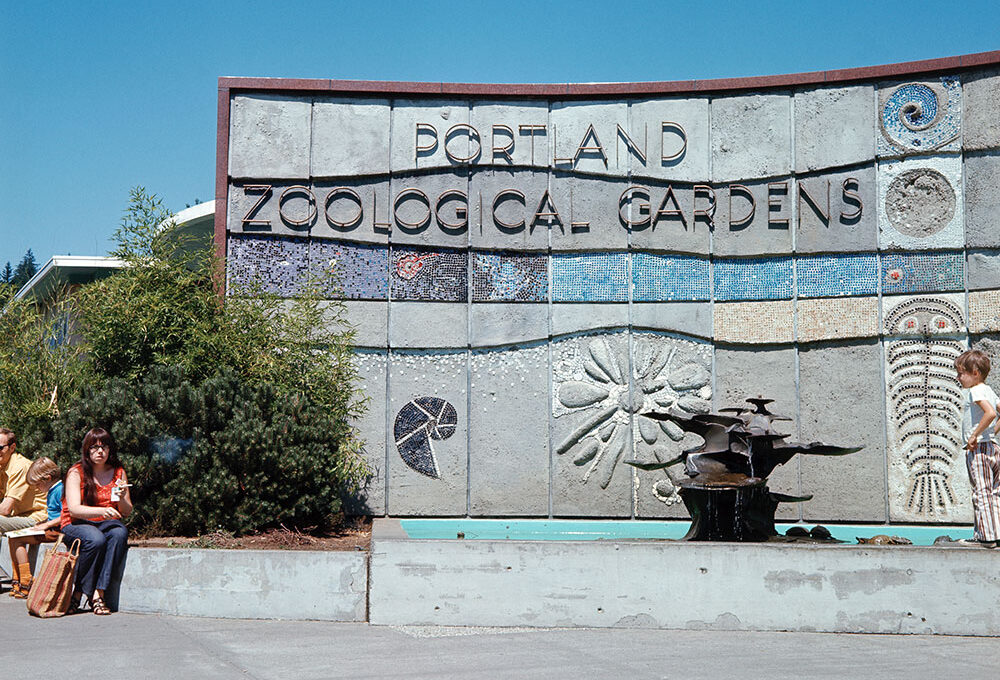
Oregon Zoo
Home to nearly 2,000 animals representing more than 200 species from around the world. From education programs to on-the-ground conservation efforts, the zoo is working to save species regionally and worldwide.

Washington Park MAX Station
In 1998, TriMet built the Washington Park MAX Station, which is the deepest transit station in North America at 260 feet below ground. It’s also the only underground station in the entire MAX system.
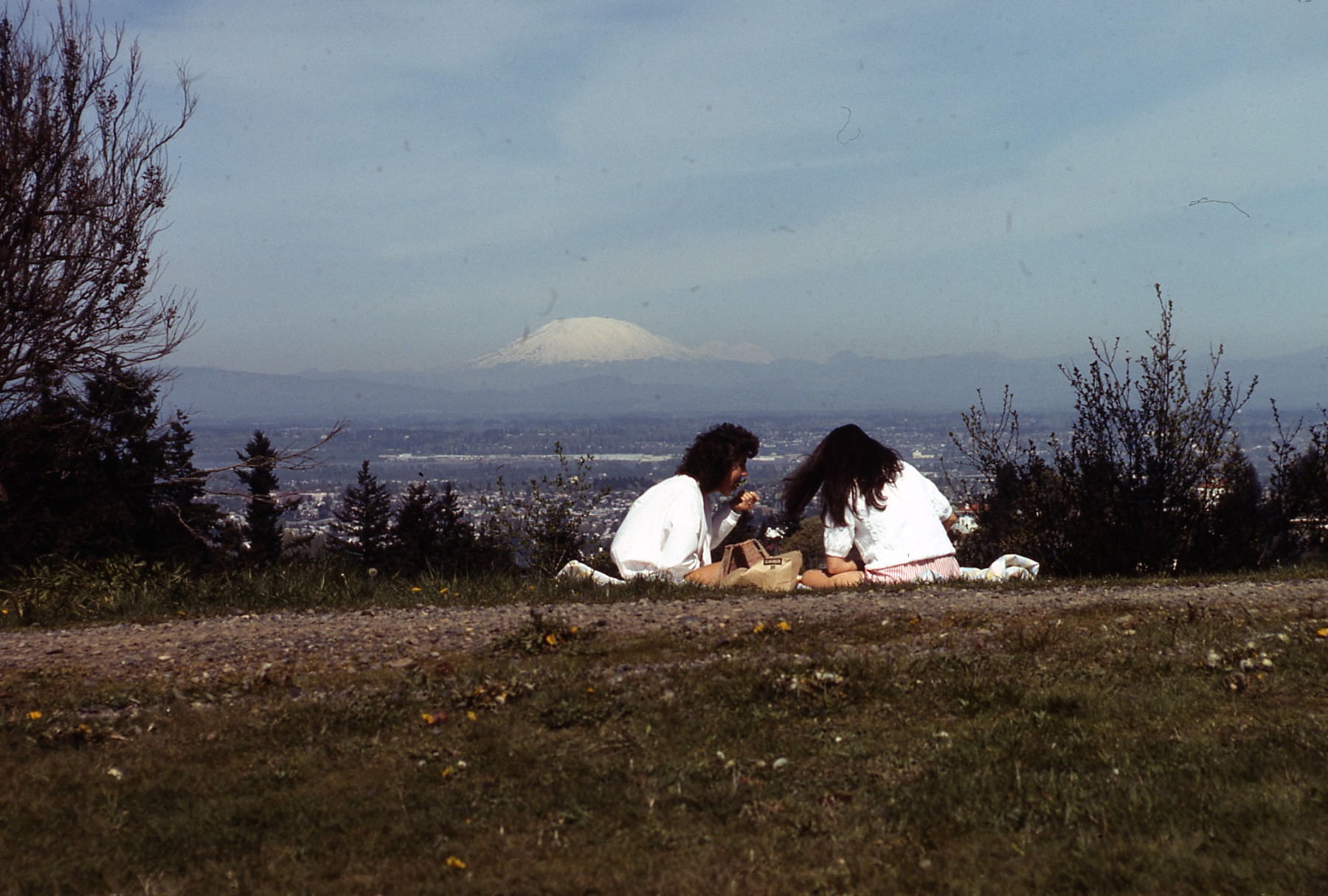
Hoyt Arboretum
Founded in 1928 to conserve endangered species and educate the community, Hoyt Arboretum encompasses 190 ridge-top acres and 12 miles of hiking and biking trails just minutes from downtown Portland.
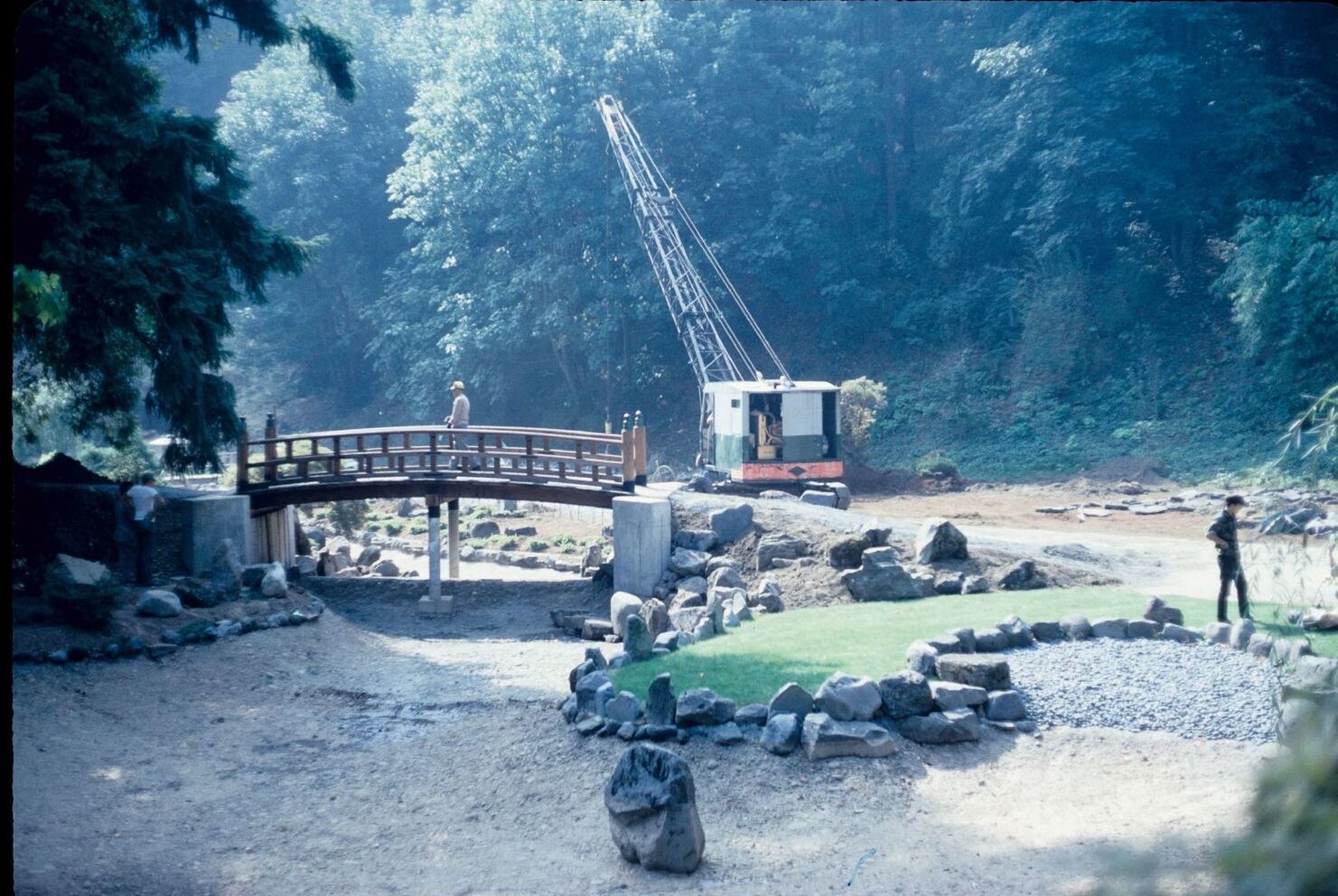
Portland Japanese Garden
The Japanese garden was created in Portland nearly 60 years ago and has become a hallmark of the community today.

World Forestry Center
We think of forests as ancient and unchanging, but in the inland West the forests we see today look nothing like those of 150 years ago.

International Rose Test Garden
The International Rose Test Garden was founded in 1917 and is the oldest continuously operated public rose test garden in the United States.

Historic Stearns Canyon
Established in the 1800s, Washington Park is one of Portland’s oldest parks. The Park’s name, size, and entrances are among its many attributes that have evolved over the years.
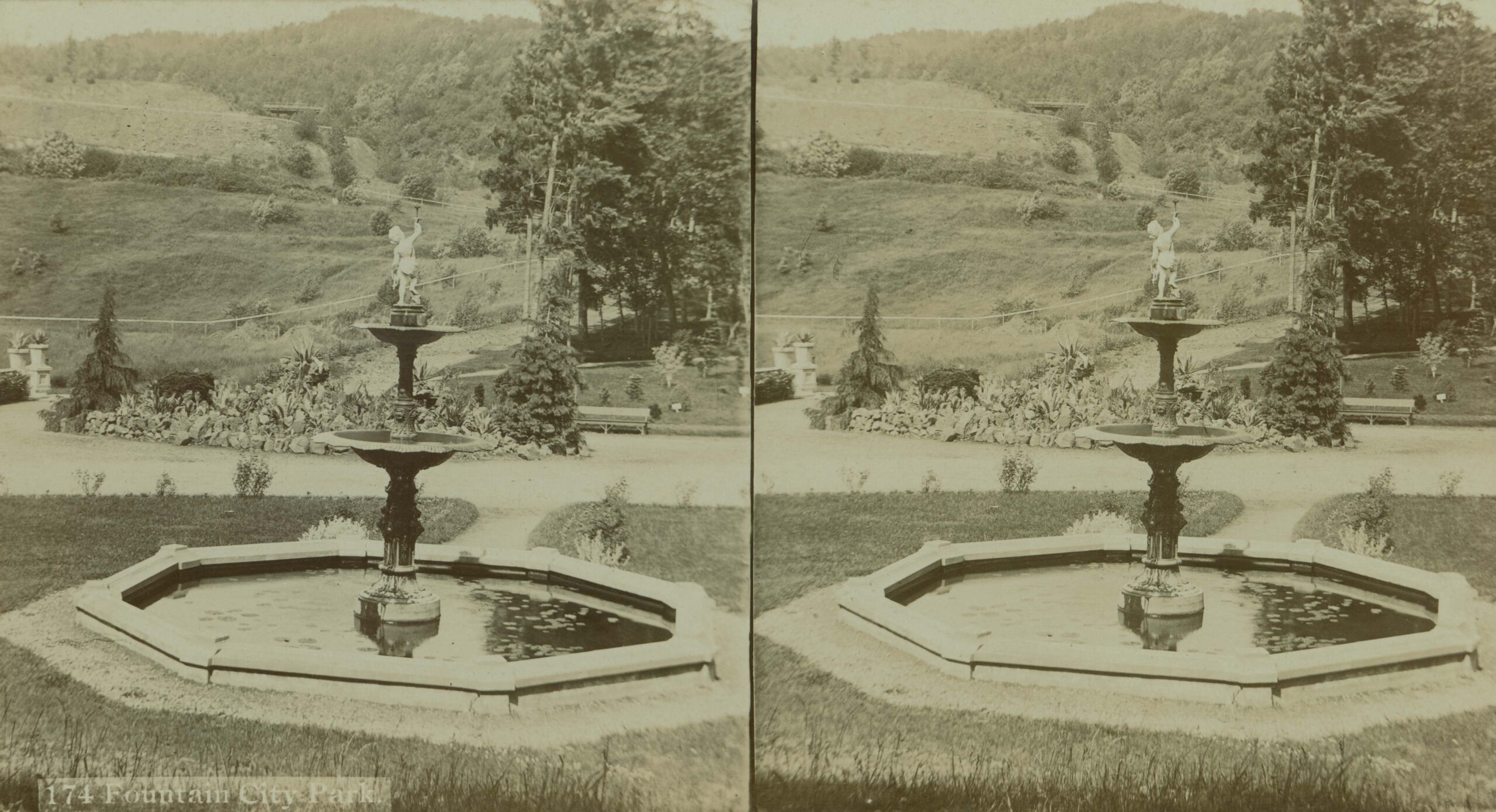
Chiming Fountain
One of Portland’s original pieces of public art is still on display today in Washington Park. The Chiming Fountain is located in what is considered to be Washington Park’s main circle.

Vista Points
Washington Park, originally called City Park, has been well-loved by its caretakers past and present. The stewards of the Park and how they approach and influence its care have evolved.

Dawn Redwood
Hoyt Arboretum has a collection of coast redwoods that are over 150’ tall and were the first trees planted in the arboretum in 1931.

Explore & Connect
Explore over 150 years of Washington Park, originally called City Park, and its many destinations by virtually visiting the featured Discovery Points. Each Discovery Point connects you to history, photos, and community members’ stories.
